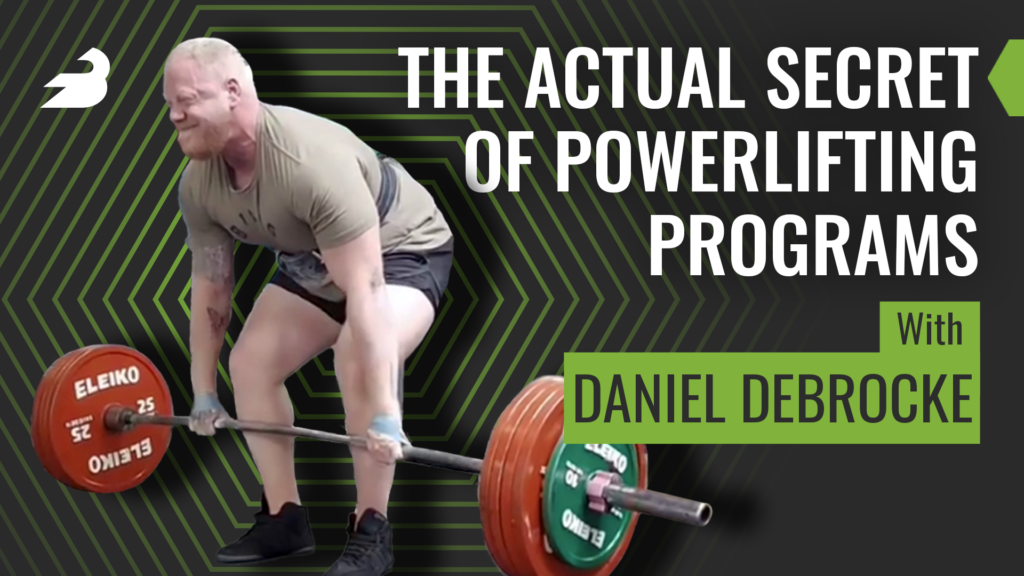Today I’m talking to powerlifter and coach Daniel DeBrocke, Director Of Education at Kabuki Strength. He’s also a writer for Breaking Muscle, a website in the BarBend network, so I’m obviously a huge fan of his writing! Daniel is one of the most thoughtful people I’ve ever encountered when it comes to athlete prep and programming for competition. In today’s episode, we dive deep on programming for powerlifting, including the sometimes-unexpected changes that occur when progressing from beginner to intermediate to advanced. Daniel drops some real knowledge bombs in this episode, great for athletes and coaches alike!
First, a quick word from today’s sponsor. Organifi is a line of organic superfood blends that offers plant-based nutrition made with high-quality ingredients. Each Organifi blend is science-backed to craft the most effective doses with ingredients that are organic and free of fillers and contain less than 3g of sugar per serving. Take Organifi Red Juice as an example: It’s formulated to recharge your mind and body with a delicious superfood berry blend of premium, organic superfoods that contain potent adaptogens, antioxidants and a clinical dose of cordyceps. It’s designed to promote energy with zero caffeine and only 2 grams of sugar.
Go to www.organifi.com/barbend and use code BarBend for 20% off your order.
In this episode of The BarBend Podcast, David Thomas Tao and Daniel DeBrocke discuss:
- Daniel’s athletic background and early interest in strength sports (2:27)
- What long-form content can mean in strength literature (and is Daniel a bigger strength nerd than Greg Nuckols?) (4:30)
- “A novice lifter can basically look at a dumbbell and get stronger” (09:10)
- “People overvalue minutiae and they significantly undervalue the fundamentals” (11:45)
- How are you collecting data as a coach? (16:40)
- Keep learning from those around you at all levels (21:20)
- Sometimes, high-level athletes require “odd” peaking methods (25:10)
View this post on Instagram
Relevant links and further reading
- Follow Daniel DeBrocke on Instagram
- Follow David Thomas Tao on Instagram and Twitter
